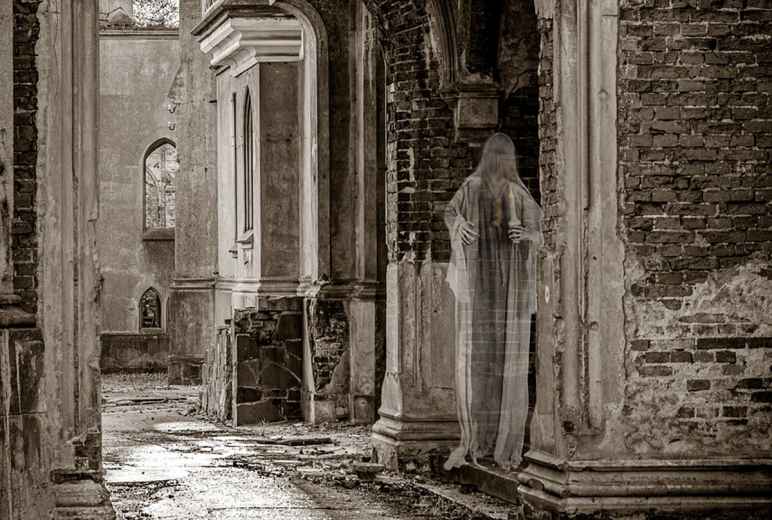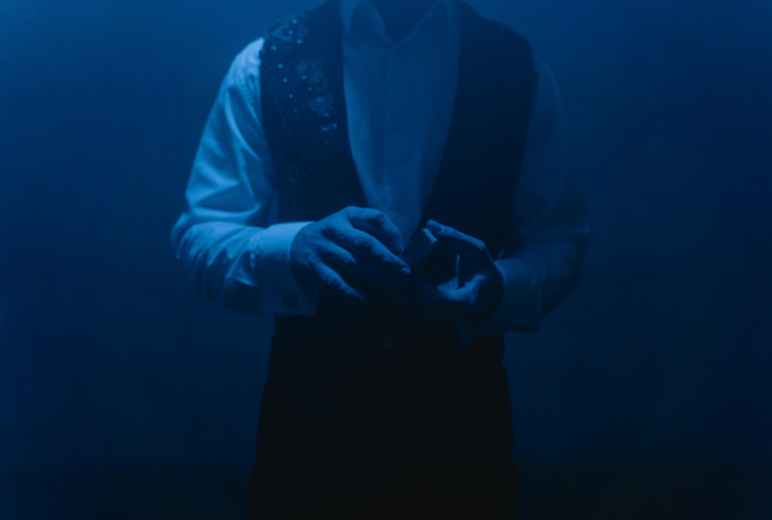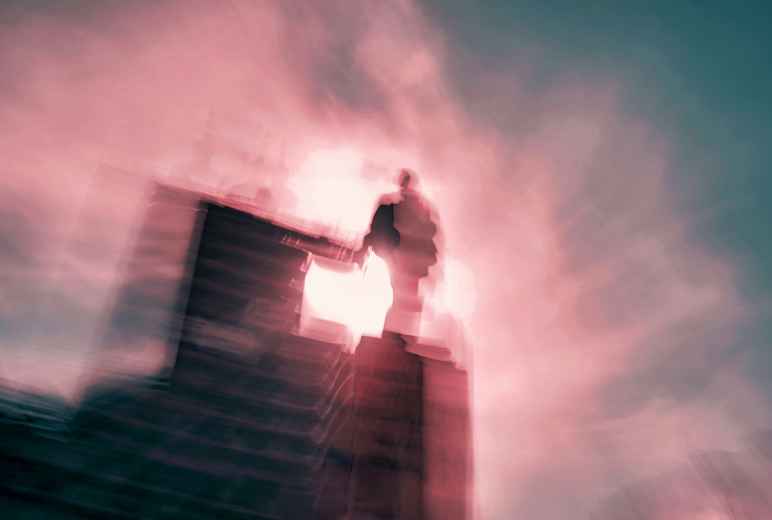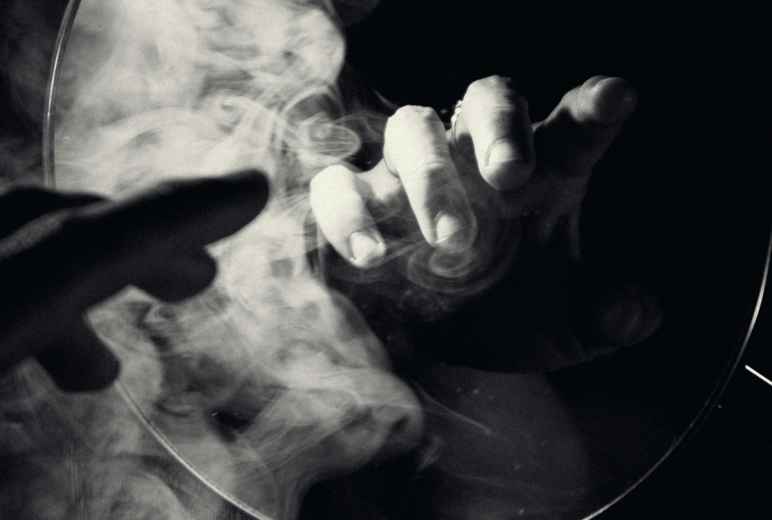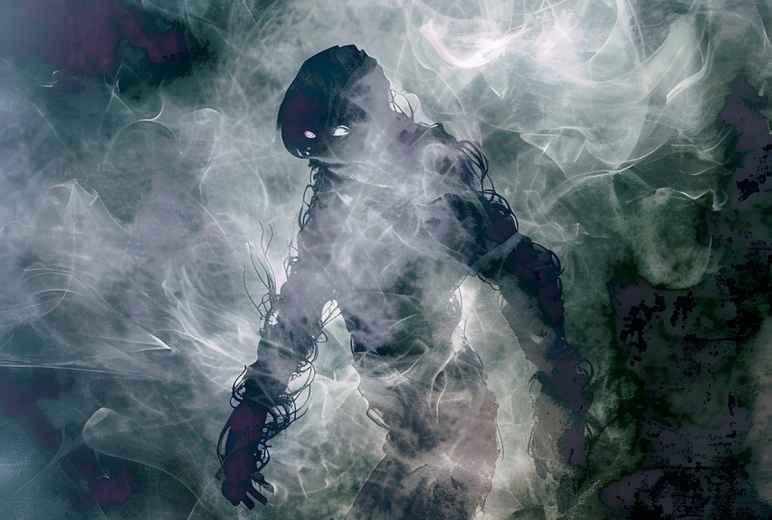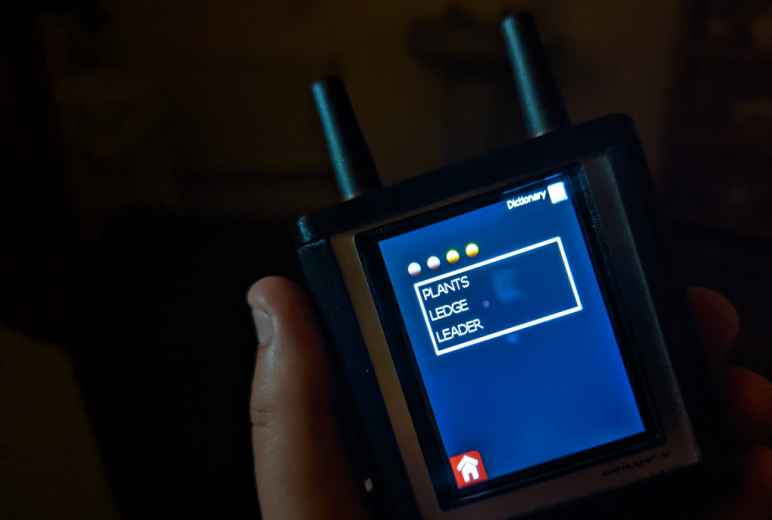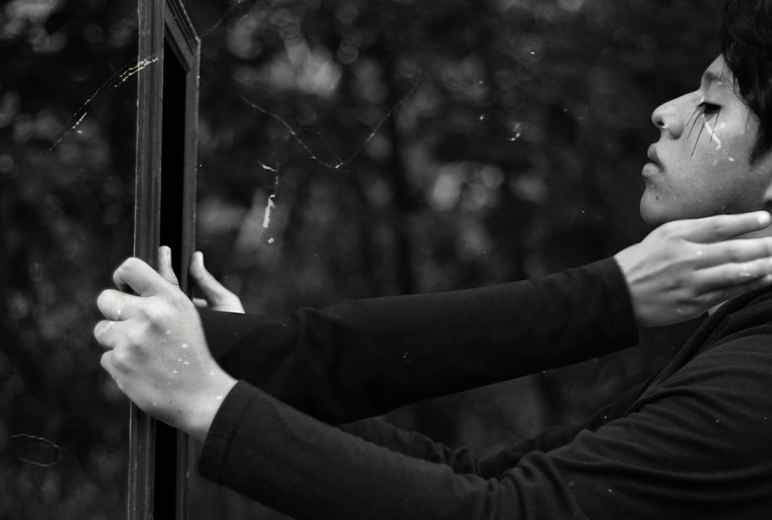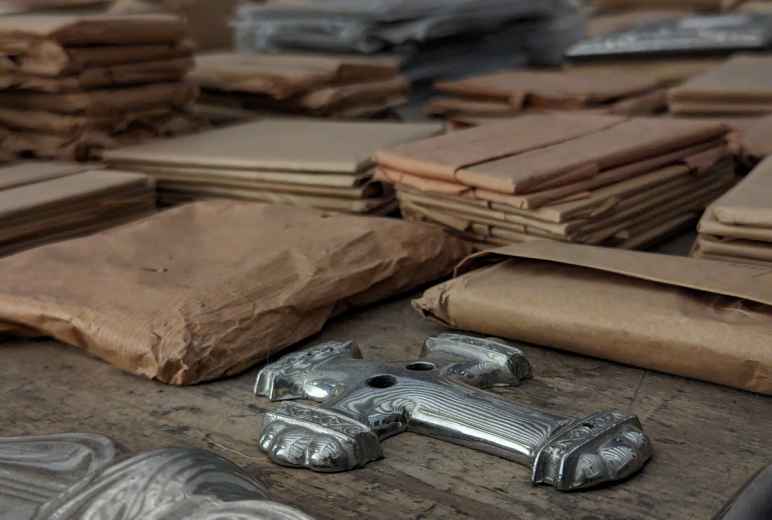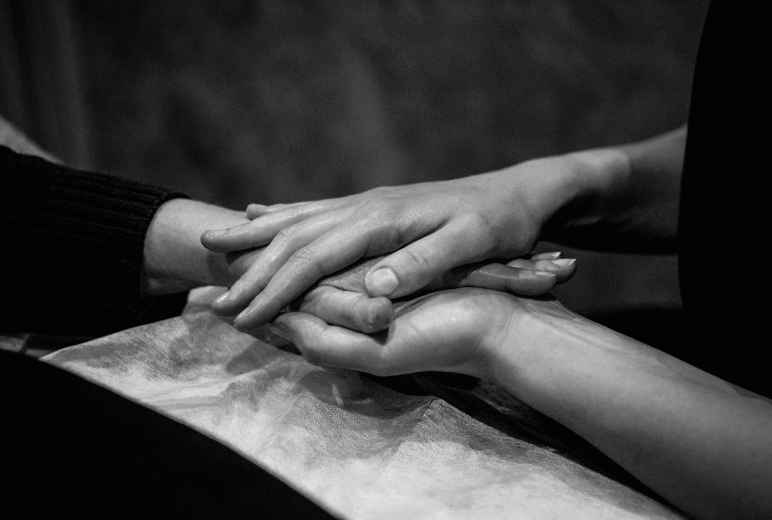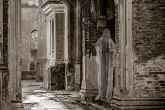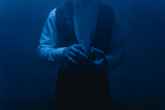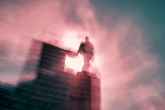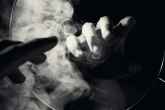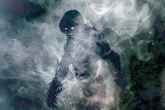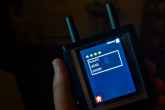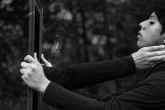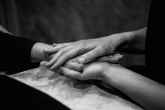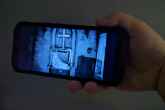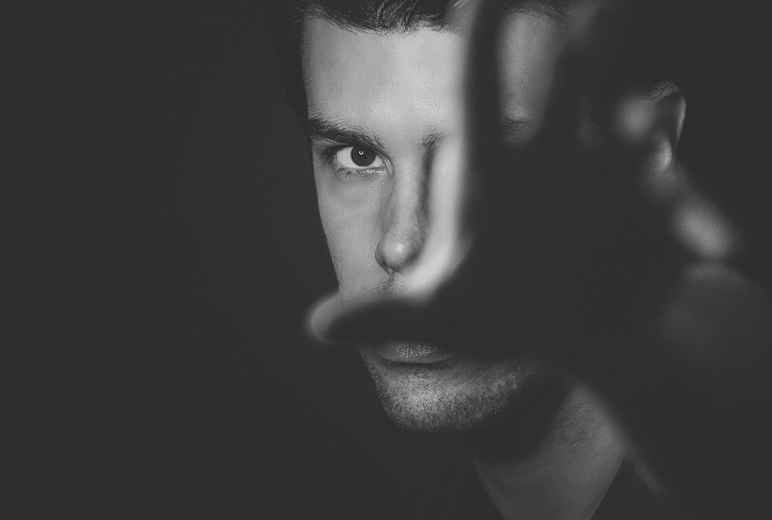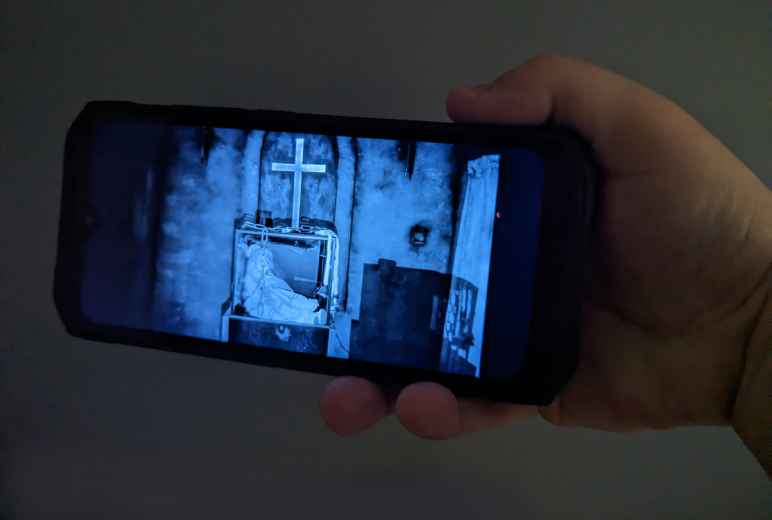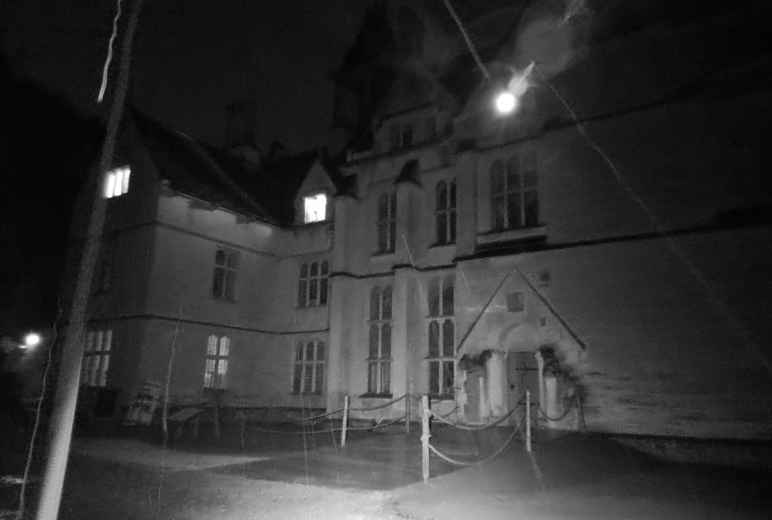What Shadow Figures Are And Why They're Haunting Us
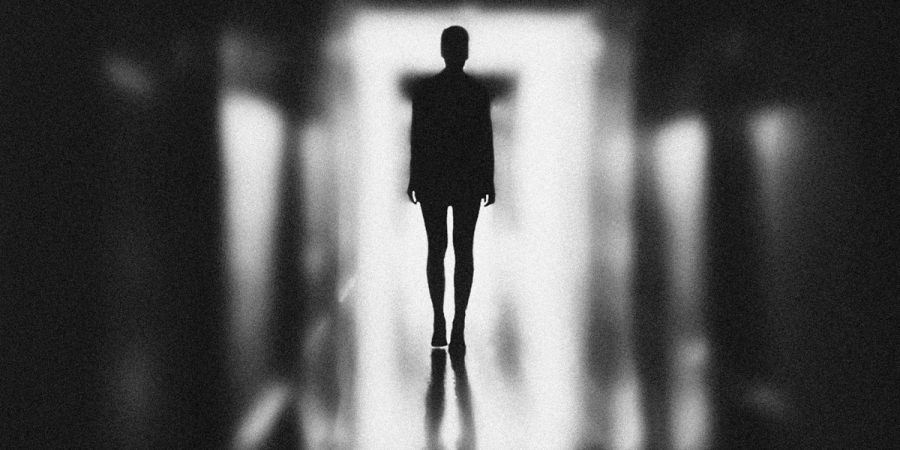
Photo: © Elīna Arāja
Shadow figures are frequently reported ghostly sightings, seen as dark, shadowy silhouettes of human-like figures that appear and move in peripheral vision or directly in line of sight. They are fleeting and elusive in nature, usually described as devoid of any discernible features such as eyes or facial expressions, and tend to vanish abruptly when noticed or approached.
Shadow figures do not neatly fit into the typical classifications of hauntings, like residual or intelligent. The nature of shadow figures and how they are perceived often varies, leading to different interpretations within the paranormal community.
Shadow figures aren't known for displaying the repetitive patterns typically associated with residual hauntings, nor do they respond to questions or manipulate objects like intelligent hauntings. However, some reports of shadow figures suggest that they may exhibit signs of intelligence, such as reacting to the presence of humans, appearing to watch or follow witnesses, or even fleeing when noticed.
The term 'shadow figure' is slightly misleading, as the word 'shadow' suggests that it is being cast by an object blocking light, which implies a form of physical existence or interaction with the physical world, but this contradicts witness accounts that suggest shadow figures do not have a physical body or substance.
They are typically described as dark, featureless silhouettes that resemble the human form but lack mass or the ability to interact physically with their environment. They can appear and disappear, pass through walls, and are often only partially seen or sensed. They are most commonly reported in various haunted locations, during ghost hunts, or in individuals' homes, often under low-light conditions.
There are several theories within the paranormal community regarding the nature of shadow figures. Some believe they are spirits of the deceased who have not moved on to the afterlife, possibly due to unfinished business or unawareness of their own death. Others suggest that shadow figures could be malevolent entities, perhaps of a demonic nature, given their tendency to evoke fear and unease in those who encounter them.
Shadow figures seem to be a current cultural trend in sightings, in the same way that in previous centuries, apparitions like headless horsemen or phantom coaches were commonly reported. This suggests that folklore and ghost stories are shaped by the societal, historical, and environmental contexts of the time. The types of ghosts or entities people report are evolving, influenced by today's contemporary media and collective experiences.
Today, the popularity of paranormal reality shows and ghost hunting videos on YouTube helps shape perceptions of paranormal phenomena, and shadow figures are common sightings by investigators in this type of content. As viewers regularly see shadow figures being presented as "evidence" of paranormal activity, it is natural that they might also begin to interpret ambiguous visual experiences during ghost hunts or in everyday life as encounters with shadow figures.
The nature of a shadow figure makes it a particularly easy form of apparition to identify with. Unlike more detailed apparitions, shadow figures are simple and vague enough to fit any location they allegedly appear in. This simplicity allows them to be more universally applicable and recognisable across different settings. Shadow figures are less defined and therefore can be more easily adapted to modern-day settings and stories, unlike the very context-specific ghosts of old, like phantom coaches and headless horsemen, which are tied to particular times and locations.
Having said that, the concept of shadow figures also has a historical place in many cultures. For example, the "djinn" in Middle Eastern culture are supernatural beings that can appear in various forms, sometimes shadowy. Similarly, various Native American legends speak of spirit beings or ancestors who might appear as shadows to guide or communicate with the living.
Skeptics argue that there are plenty of psychological or environmental explanations for reports of shadow figures. For example, they might be the result of low lighting conditions playing tricks on our eyes, especially in our peripheral vision, where we detect motion without clear detail.
One particularly common context for these sightings is in the bedroom, often associated with sleep-related phenomena. They are often reported standing at the end of the bed, particularly when people wake up suddenly or are in a state between sleeping and wakefulness. This experience is often associated with a phenomenon known as sleep paralysis. Sleep paralysis occurs when a person transitions between stages of wakefulness and sleep, and during these transitions, they might find themselves temporarily unable to move or speak. During such episodes, it’s not uncommon for hallucinations—both visual and auditory—to occur.
These hallucinations are often vivid and frightening, featuring perceptions of intruders such as shadow figures. Shadow figures are a common form of these intruders, appearing as dark, shadowy, human-like figures that can be perceived as menacing or neutral. The visual simplicity of shadow figures makes them a frequent manifestation during these episodes, as the brain may not fully construct detailed images in the half-awake, half-asleep state.
It's also worth considering the role of the hypnagogic and hypnopompic states—those transitional states to and from deep sleep—during which people can experience vivid, dream-like hallucinations. These states can produce sensory experiences that are realistic and are often incorporated into real-world settings, like one's bedroom, which makes them particularly intense.
Ghost hunters often attempt to document shadow figures using a variety of tools and techniques to detect, measure, and observe shadow figures during their investigations. There are purpose-built devices called "shadow trackers," which trigger an audio and visual alert if a shadow passes over the device's sensors.
Normal, home security-type motion sensors can also be used to detect unseen movements. If a motion sensor is triggered without any visible cause, it might suggest something is present, moving in the vicinity of the sensor. Although it should be remembered that most motion sensors are passive infrared (PIR) sensors, which detect motion by looking for changes in the heat radiating from objects in their field of view. An incorporeal shadow figure may not have any heat energy, making it impossible to detect.
Perhaps the most suitable tool is a video camera, especially one capable of night vision or infrared recording, to capture visual evidence of shadow figures. Since shadow figures are often seen in low-light conditions, night vision might help make any anomalies easier to see with the naked eye.
None of these methods definitively proves the existence of shadow figures, but they can corroborate eyewitness accounts of their movements. This is why the personal experiences of ghost hunters and eyewitness accounts remain crucial, whether shadow figures are otherworldly entities or merely tricks of light and mind.
More Essential Parapsychology View All
Related Content
Daily Horoscopes
You May Also Like
